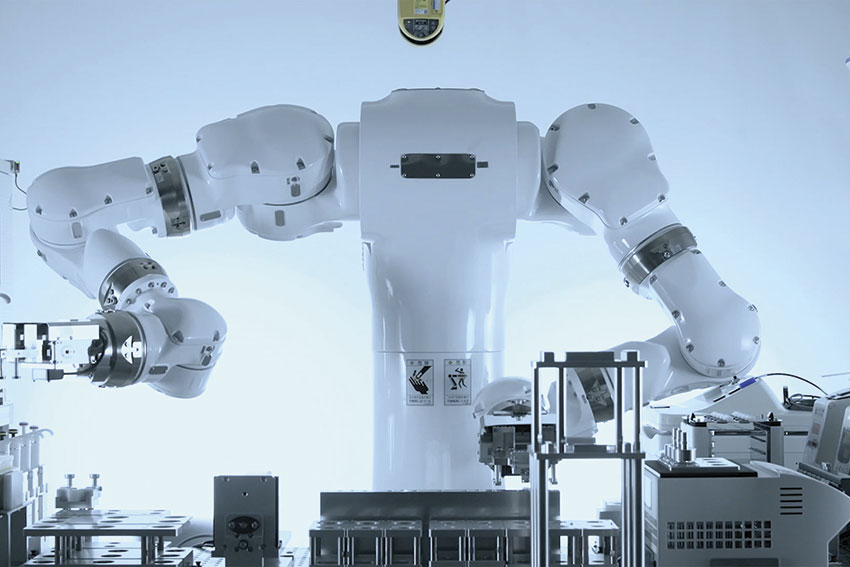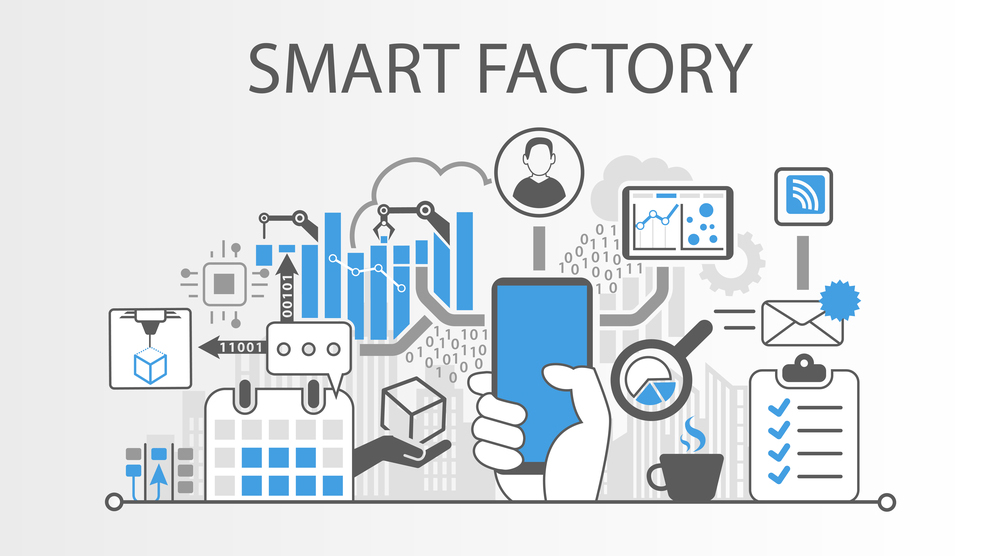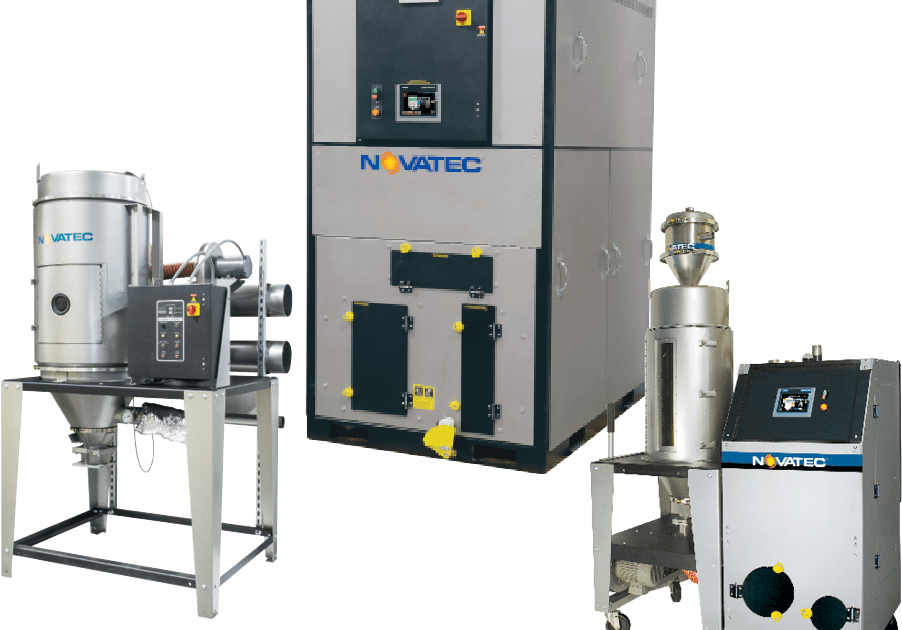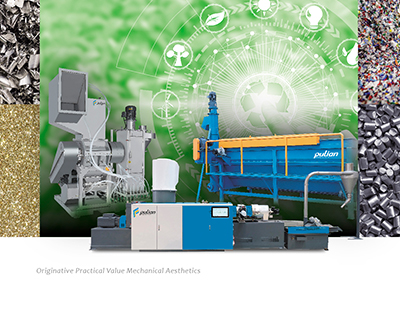
Universal Water and Oil Temperature Control Units
MATIC Duo 90/150 18 H
The powerful MATIC Duo 90/150 18 H temperature control unit is designed for operation with water or oil and features simple operation, continuous and intelligent monitoring with troubleshooting, as well as predictive and tailored control throughout the temperature control process.
Functions
- IRIS control system
- Pt100 temperature sensors in feed and return lines
- Heater control by solid-state relays
- Variable-speed pump with automatic eco-mode
- Automatic filling (when operated with water)
- Mould evacuation
- Leakstop operating mode
Construction method
- Tin-bronze submersible pump
- Calcification-free heat exchanger
- Fully immersed heaters made of high-temperature corrosion-free Nickel alloy (Incoloy 800)
- Maintenance-free flow meter
- Stainless-steel solid piping
Safety devices
- Redundant, mechanical temperature limiter
- Pump motor monitored by the variable frequency drive
- Configurable safeguard limits and corresponding reactions
- Configurable audible alarm
Controller

- IRIS Control System
With the brand-new control system IRIS, Tool-Temp offers a clever and intelligent solution for all applications in process temperature control. Users can look forward to effortless operation as well as a future-oriented communication and interface solution.
All relevant operating data such as temperatures, pressures, flow rates, operating states, status messages, chart data, and data trends are available in the device. IRIS continuously provides information, reporting, and optimization of the temperature control unit.
In addition to operation via the touchscreen on-site, remote control is also possible. With any device such as a smartphone, tablet, or PC, access to the integrated web server of the temperature controller can be made via a web browser. The connection is either via a LAN cable or the integrated WLAN adapter in the controller. The operation does not differ in any way from manual control.
The model-based algorithms continuously capture all available data and compare it with the current expected behavior. This continuous adaptation enables the overall system to achieve optimal, uninterrupted, and reliable regulation of temperature and flow, as well as reliable process monitoring.
Applications
 https://htl-tech.com/wp-content/uploads/2024/07/Robotics-Solution_HTL-TECH.jpg
567
850
Mi Tam
https://htl-tech.com/wp-content/uploads/2024/06/Group-10-2-300x119.png
Mi Tam2024-07-12 14:18:562024-09-26 01:59:17Robotics solution
https://htl-tech.com/wp-content/uploads/2024/07/Robotics-Solution_HTL-TECH.jpg
567
850
Mi Tam
https://htl-tech.com/wp-content/uploads/2024/06/Group-10-2-300x119.png
Mi Tam2024-07-12 14:18:562024-09-26 01:59:17Robotics solution https://htl-tech.com/wp-content/uploads/2024/07/Smart-Factory_HTL-TECH.jpg
556
1000
Mi Tam
https://htl-tech.com/wp-content/uploads/2024/06/Group-10-2-300x119.png
Mi Tam2024-07-12 14:18:282024-09-26 02:01:00Smart factory / IOT
https://htl-tech.com/wp-content/uploads/2024/07/Smart-Factory_HTL-TECH.jpg
556
1000
Mi Tam
https://htl-tech.com/wp-content/uploads/2024/06/Group-10-2-300x119.png
Mi Tam2024-07-12 14:18:282024-09-26 02:01:00Smart factory / IOT https://htl-tech.com/wp-content/uploads/2024/07/Novatec_HTL-TECH.png
768
902
Mi Tam
https://htl-tech.com/wp-content/uploads/2024/06/Group-10-2-300x119.png
Mi Tam2024-07-12 14:17:582024-09-26 02:04:07Novatec
https://htl-tech.com/wp-content/uploads/2024/07/Novatec_HTL-TECH.png
768
902
Mi Tam
https://htl-tech.com/wp-content/uploads/2024/06/Group-10-2-300x119.png
Mi Tam2024-07-12 14:17:582024-09-26 02:04:07Novatec
